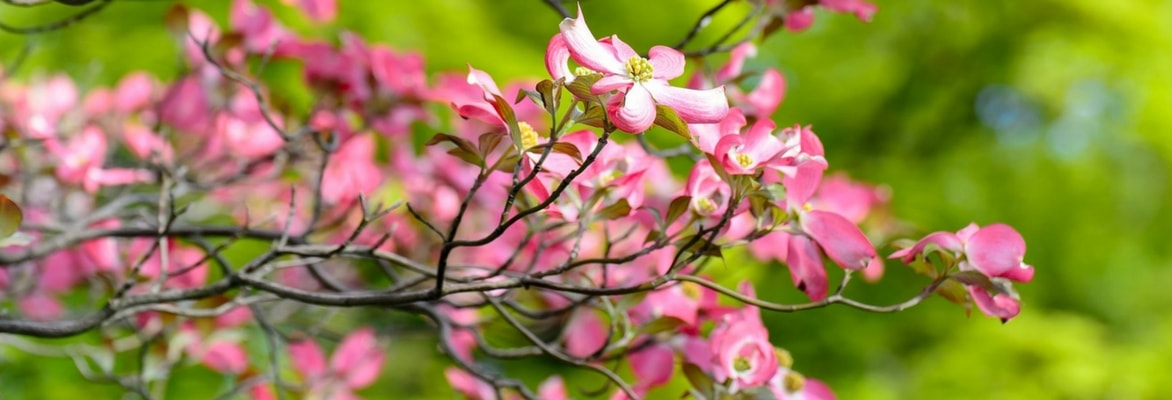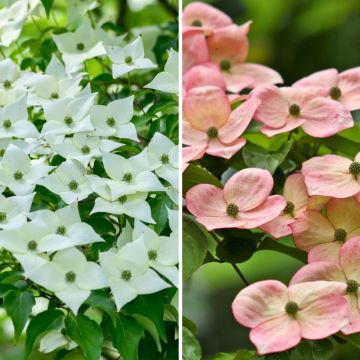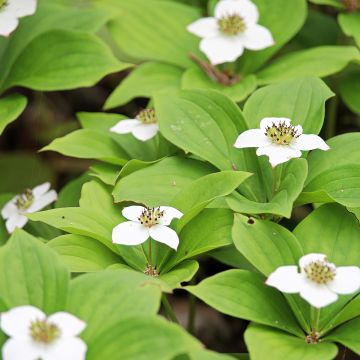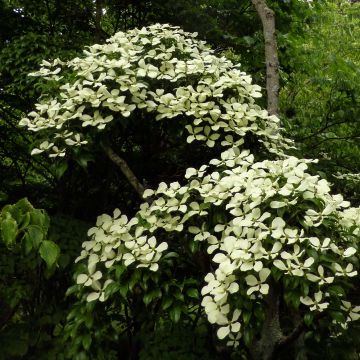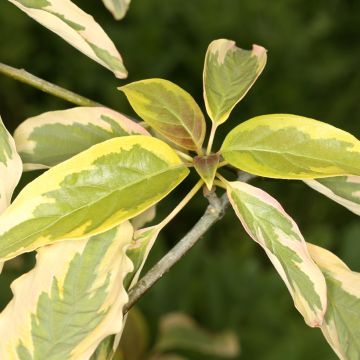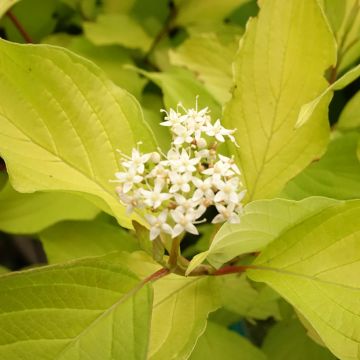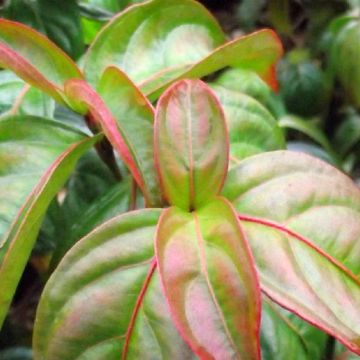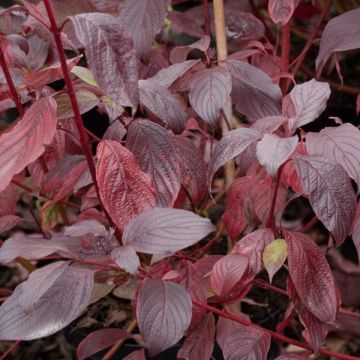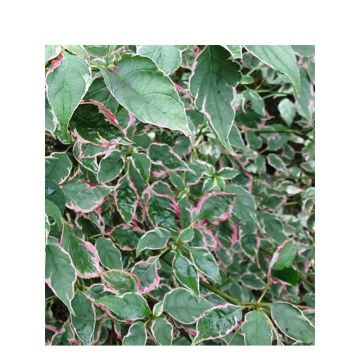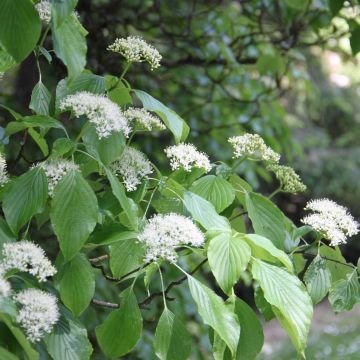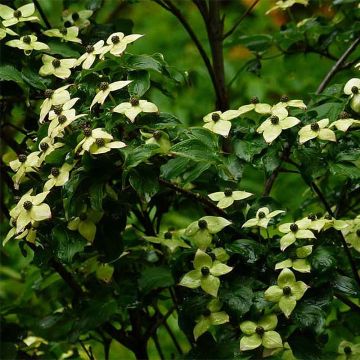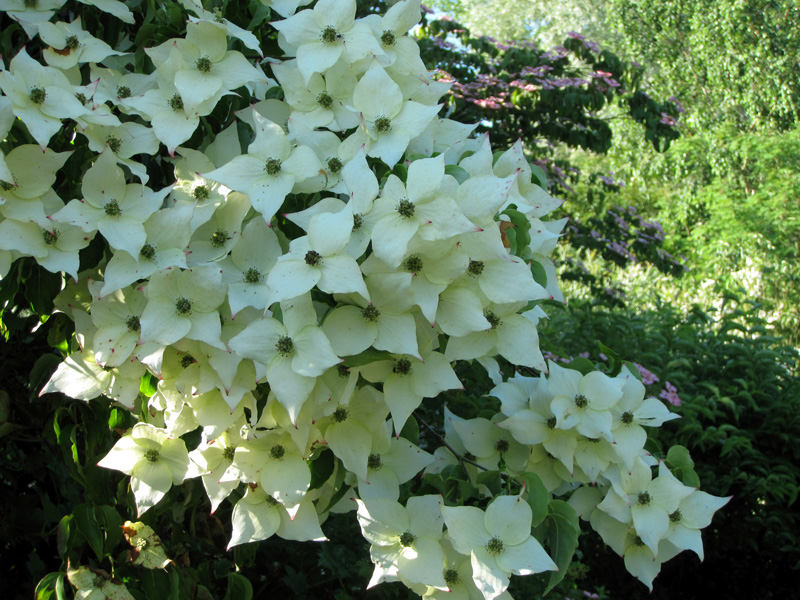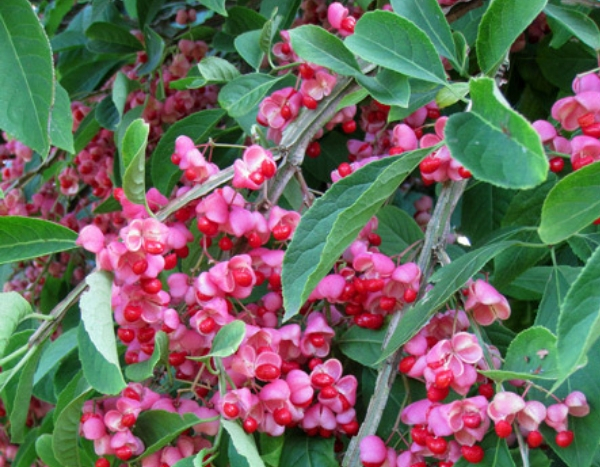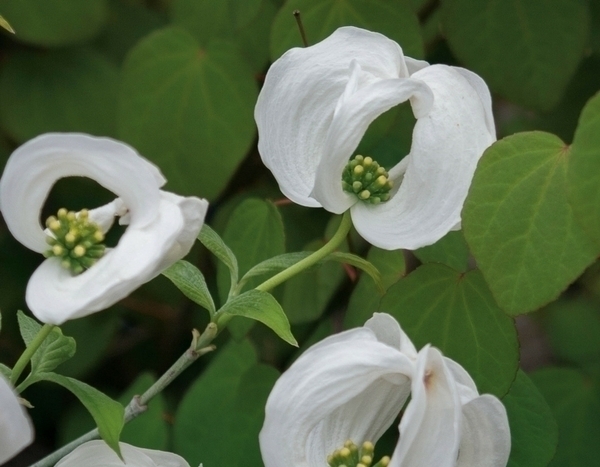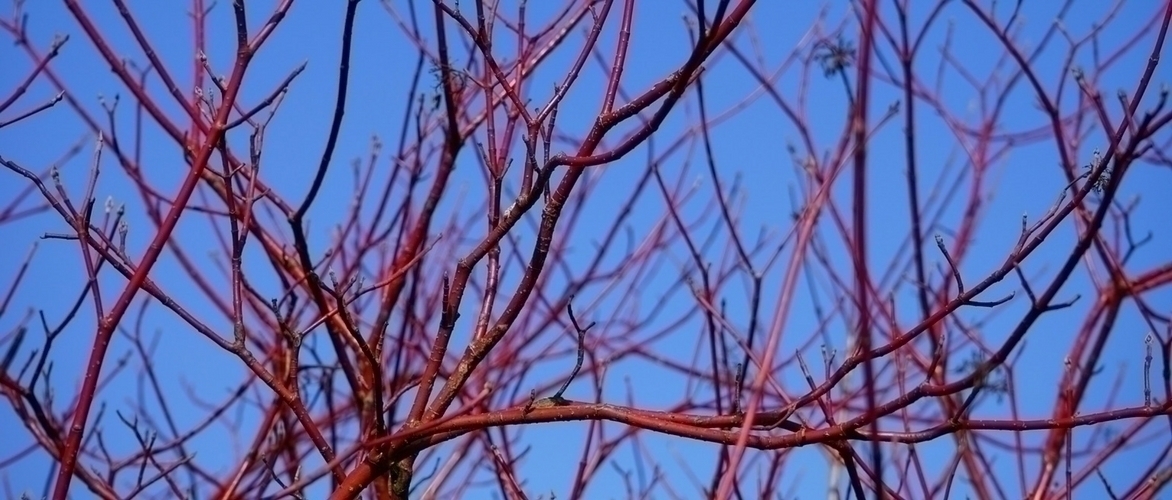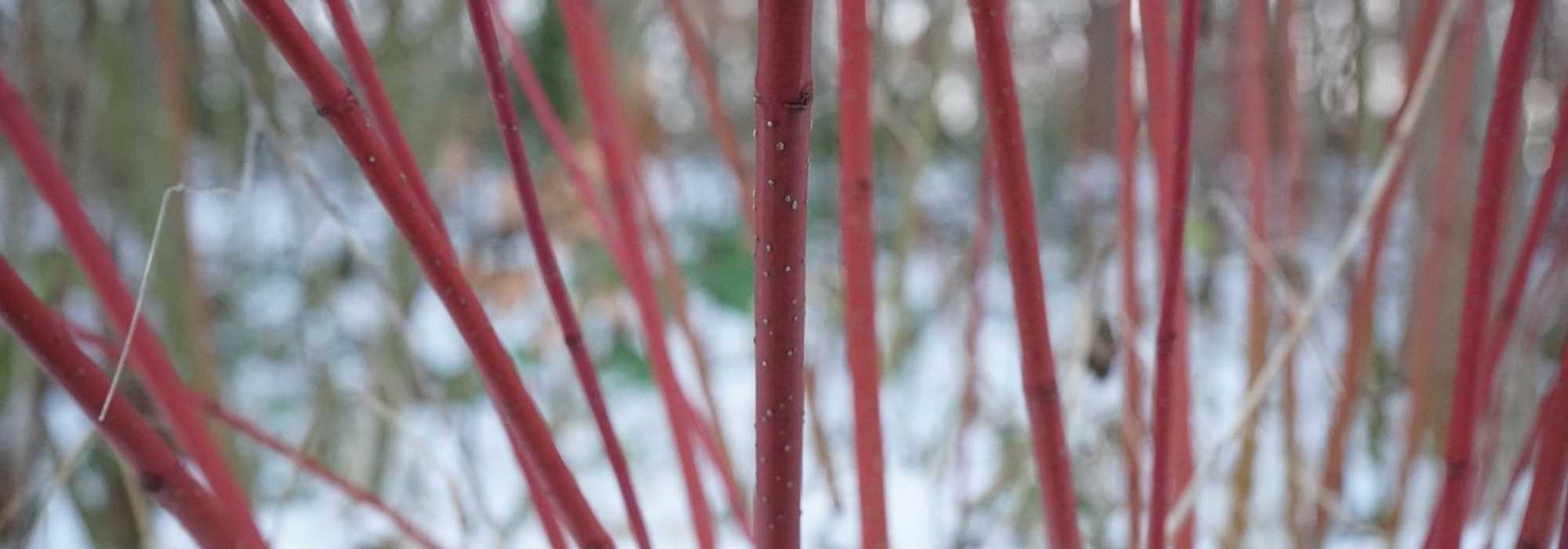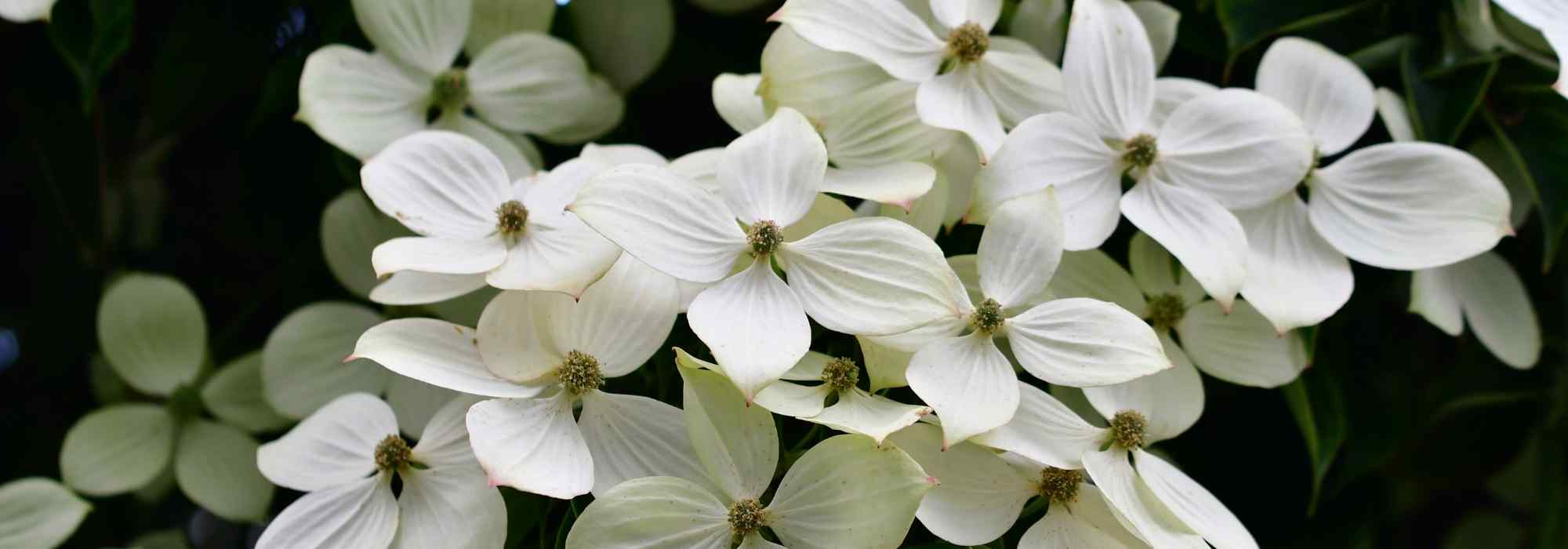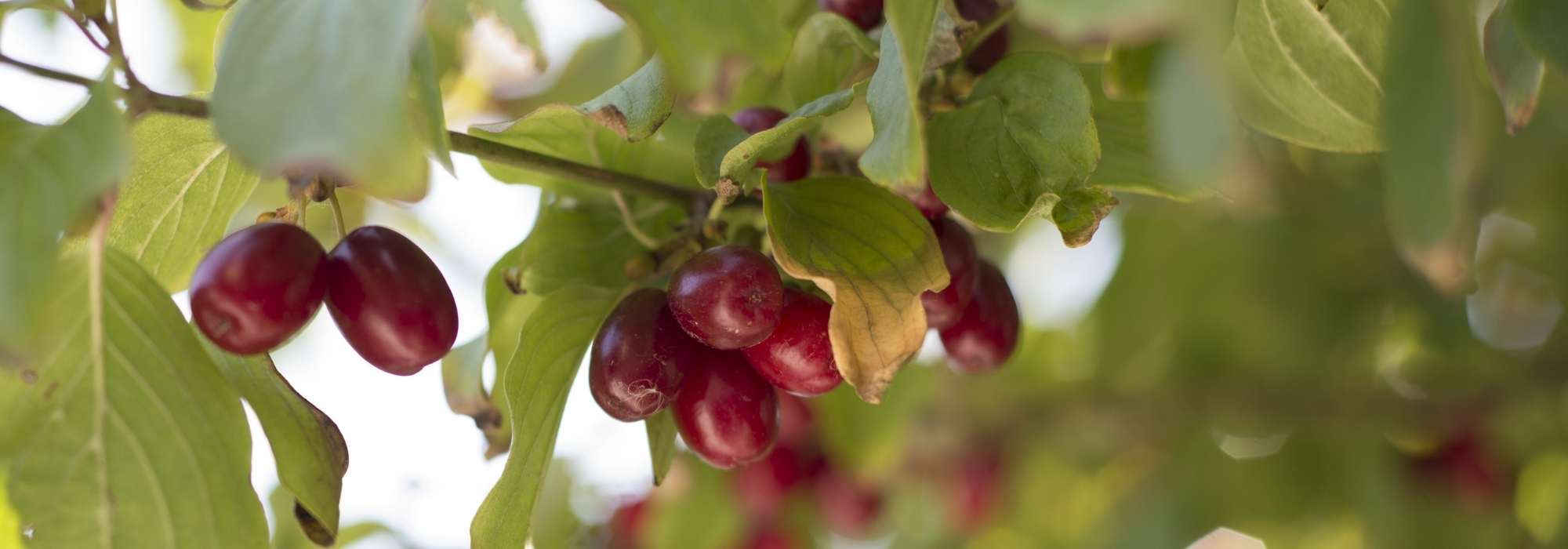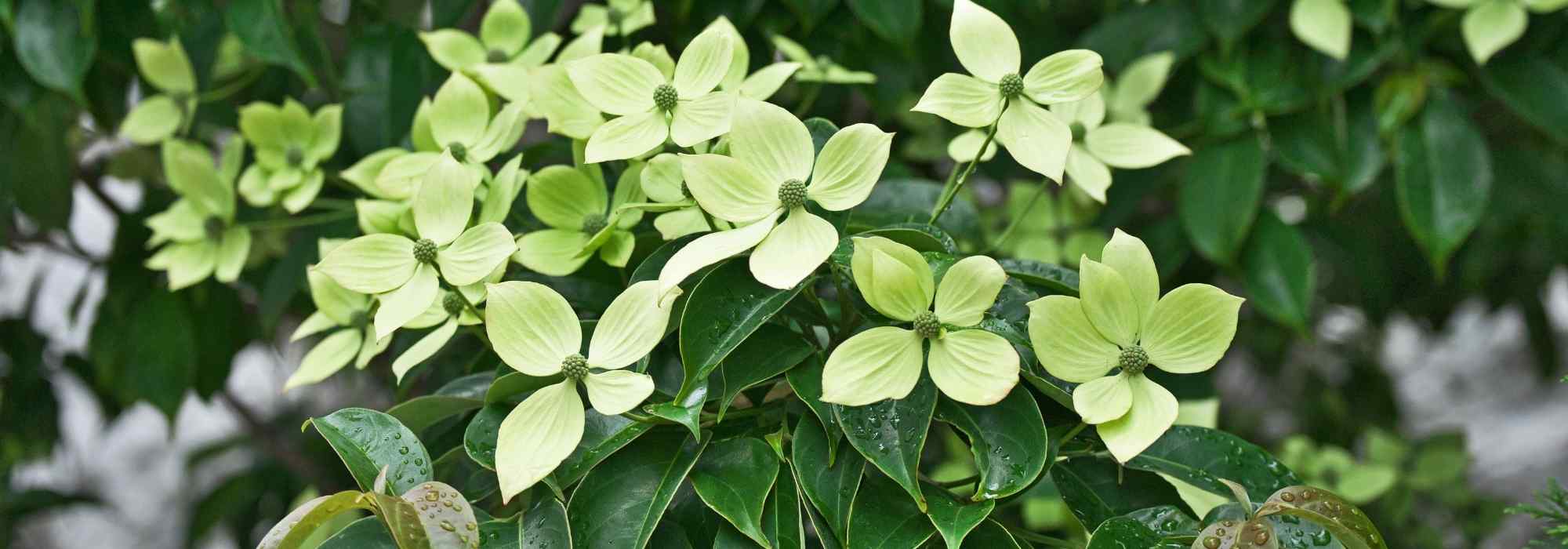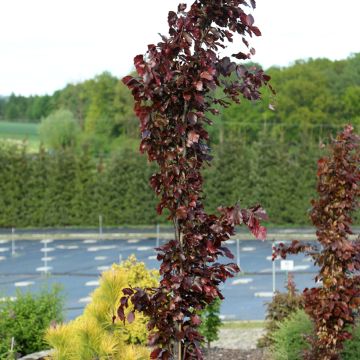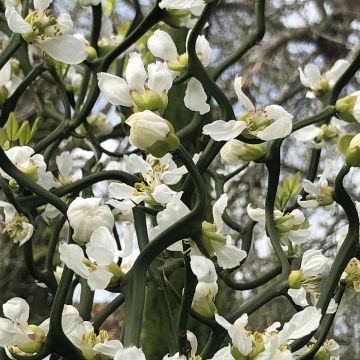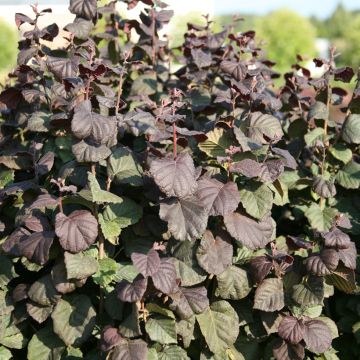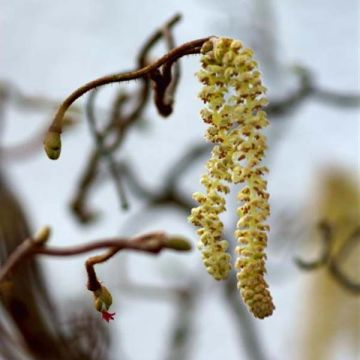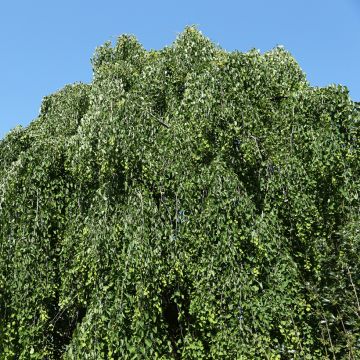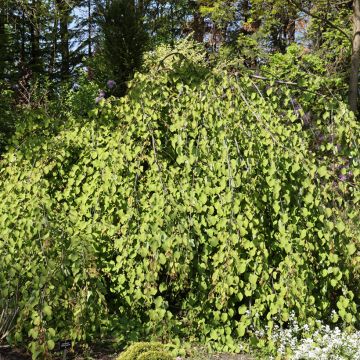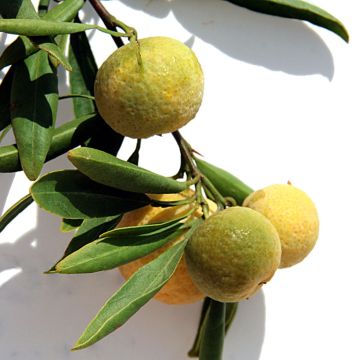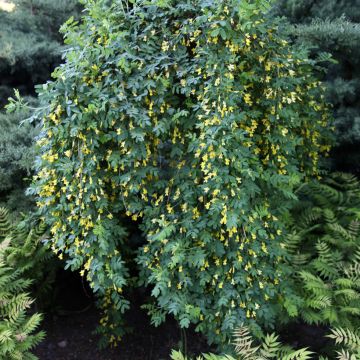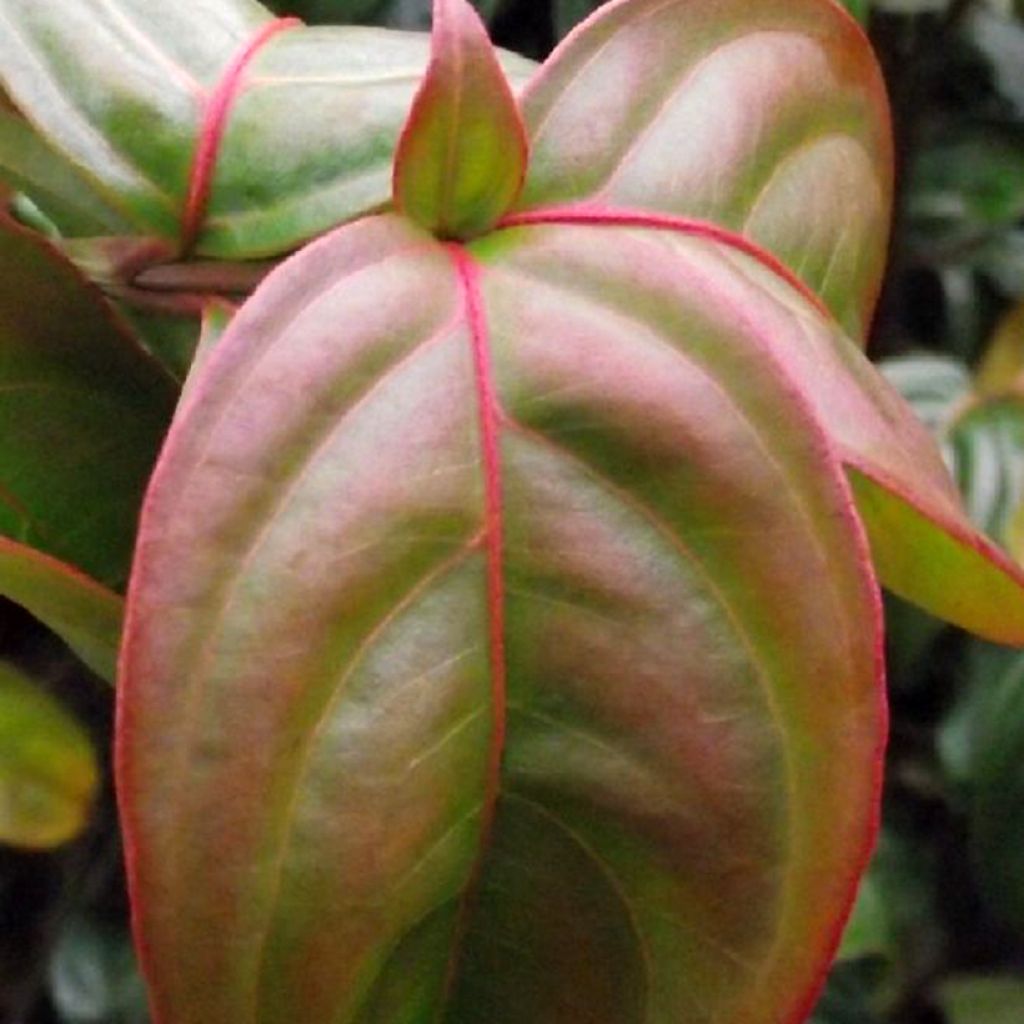

Cornus Blooming Merry Tetra - Flowering Dogwood
Cornus Blooming Merry Tetra - Flowering Dogwood
Cornus kousa x angustata Blooming Merry Tetra
Chinese dogwood, Flowering dogwood
Special offer!
Receive a €20 voucher for any order over €90 (excluding delivery costs, credit notes, and plastic-free options)!
1- Add your favorite plants to your cart.
2- Once you have reached €90, confirm your order (you can even choose the delivery date!).
3- As soon as your order is shipped, you will receive an email containing your voucher code, valid for 3 months (90 days).
Your voucher is unique and can only be used once, for any order with a minimum value of €20, excluding delivery costs.
Can be combined with other current offers, non-divisible and non-refundable.
Home or relay delivery (depending on size and destination)
Schedule delivery date,
and select date in basket
This plant carries a 24 months recovery warranty
More information
We guarantee the quality of our plants for a full growing cycle, and will replace at our expense any plant that fails to recover under normal climatic and planting conditions.
Would this plant suit my garden?
Set up your Plantfit profile →
Description
Cornus 'Blooming Merry Tetra' is compact, semi-evergreen, colourful and decorative almost all year round. The abundant white flowering of this dogwood, which occurs in late spring, is followed by beautiful edible red fruits and its foliage turns scarlet red from early autumn until late in the season. Well suited to small spaces, this bush fits in all gardens. Very hardy and less demanding to grow than its parent Cornus kousa and its cousin C. florida, it undoubtedly deserves to be discovered. Give it a prominent place, preferably in partial shade, in a large shrub border and in non-limestone soil.
Cornus 'Blooming Merry Tetra' is part of a new series of hybrids resulting from the cross-breeding of Cornus kousa, deciduous, with the evergreen C.angustata. This series called 'Blooming Tetra' brings together modest-sized cultivars, well-branched, with semi-evergreen foliage, which produce large "flowers" and large fruits. Their foliage turns orange to red early in autumn and the spectacle lasts for many weeks. All these plants belong to the cornaceae family.
It is a small tree or a large bush that generally reaches 2.50 m (8 ft 2 in) in height and 1.50 m (4 ft 11 in) in width at the age of 10 years. Ultimately, it will reach about 3 m (9 ft 10 in) in height and 2.50 m (8 ft 2 in) in spread, depending on the growing conditions. This cultivar shows rather slow growth. The flowering takes place in May-June. The bush is adorned with a multitude of 'flowers', which are actually inflorescences, measuring 8-9 cm (3.1-3.5 in) in diameter. These are clusters of small, green true flowers surrounded by 4 pointed bracts forming a star. Their colour is pure white and does not change over the approximately 6 weeks that these bracts live. These inflorescences are arranged on the tree as if they were placed on the foliage. The flowers are followed by fruits of pink to carmine red and resembling strawberries. The higher the summer temperatures, the more generous the fruiting. The fruits are edible, fleshy, with a sweet taste. They do not have a real gastronomic interest, but they enhance the charm of the shrub at the end of the season. This dogwood is also remarkable thanks to its young shoots tinged with purple. The leaves are ovate, strongly veined, slightly undulate on the edges, and medium green. In October, they turn orange and then scarlet red and partially persist on the branches.
Cornus 'Blooming Merry Tetra' thrives in continental climates, with marked summers and winters, but it performs very well in milder areas. In hot regions, it should be protected from scorching sun. This dogwood is beautiful and deserves to be planted as a specimen, standing out in a small garden or a large shrub border. Many acid-loving plants and shrubs with staggered flowering can accompany it. Choose, for example, oakleaf hydrangeas or paniculate hydrangeas, Japanese maples with purple foliage, a Japanese Snowbell…
Cornus Blooming Merry Tetra - Flowering Dogwood in pictures


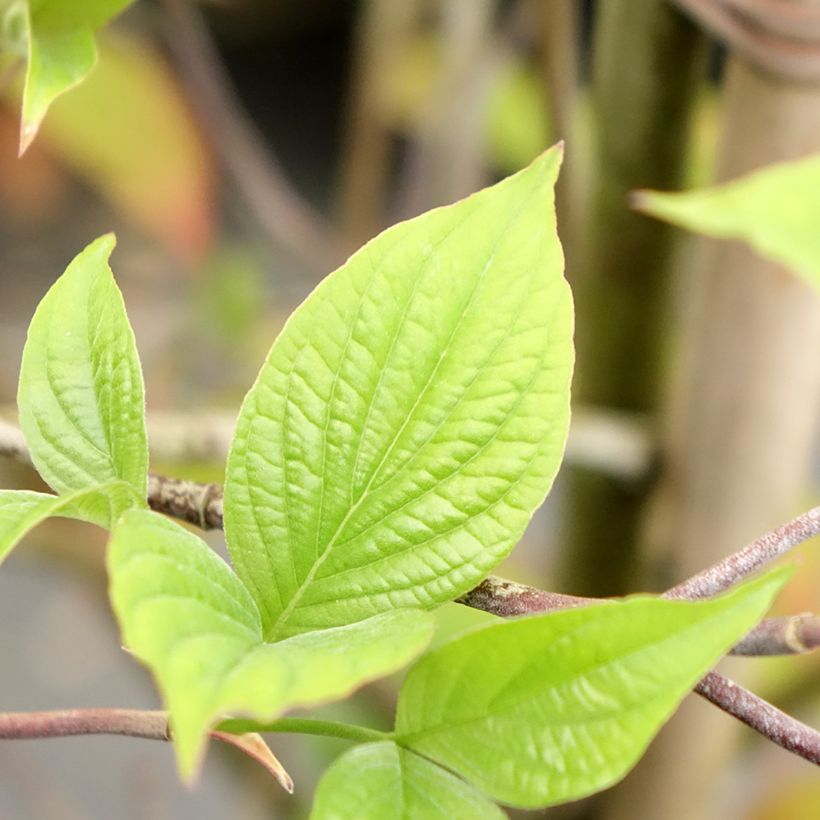

Plant habit
Flowering
Foliage
Botanical data
Cornus
kousa x angustata
Blooming Merry Tetra
Cornaceae
Chinese dogwood, Flowering dogwood
Cultivar or hybrid
Other Cornus
View all →Planting and care
Blooming Tetra Cornus thrive in continental climates, as well as in temperate regions. Extremely cold temperatures during winter can cause a lack of, or reduction in, flowering. However, this bush is very hardy and can withstand frost of at least -15°C (5 °F). It tolerates sunny exposures in areas with moderately warm summers. In hotter regions, it should be planted in a sheltered spot away from scorching sunlight.
It prefers deep, fertile, well-drained soils that are slightly acidic or neutral, rich in humus, and very low in limestone. It can tolerate clay soils as long as it is protected from excessive moisture, especially in winter. Plant it in a deep, well-loosened hole, optionally lined with clay balls, coarse sand, or gravel to ensure good drainage in heavy clay soil. At planting, add compost and leaf mold. Mulching with pine bark will help maintain moisture and promote soil acidity.
Pruning is not essential, but can be done at the end of winter to remove diseased or dead wood and crossing branches and maintain an attractive habit. During the first two years after planting water regularly in summer, afterwards it can manage on its own, in a moderate climate.
Planting period
Intended location
Care
Planting & care advice
This item has not been reviewed yet - be the first to leave a review about it.
Similar products
Haven't found what you were looking for?
Hardiness is the lowest winter temperature a plant can endure without suffering serious damage or even dying. However, hardiness is affected by location (a sheltered area, such as a patio), protection (winter cover) and soil type (hardiness is improved by well-drained soil).

Photo Sharing Terms & Conditions
In order to encourage gardeners to interact and share their experiences, Promesse de fleurs offers various media enabling content to be uploaded onto its Site - in particular via the ‘Photo sharing’ module.
The User agrees to refrain from:
- Posting any content that is illegal, prejudicial, insulting, racist, inciteful to hatred, revisionist, contrary to public decency, that infringes on privacy or on the privacy rights of third parties, in particular the publicity rights of persons and goods, intellectual property rights, or the right to privacy.
- Submitting content on behalf of a third party;
- Impersonate the identity of a third party and/or publish any personal information about a third party;
In general, the User undertakes to refrain from any unethical behaviour.
All Content (in particular text, comments, files, images, photos, videos, creative works, etc.), which may be subject to property or intellectual property rights, image or other private rights, shall remain the property of the User, subject to the limited rights granted by the terms of the licence granted by Promesse de fleurs as stated below. Users are at liberty to publish or not to publish such Content on the Site, notably via the ‘Photo Sharing’ facility, and accept that this Content shall be made public and freely accessible, notably on the Internet.
Users further acknowledge, undertake to have ,and guarantee that they hold all necessary rights and permissions to publish such material on the Site, in particular with regard to the legislation in force pertaining to any privacy, property, intellectual property, image, or contractual rights, or rights of any other nature. By publishing such Content on the Site, Users acknowledge accepting full liability as publishers of the Content within the meaning of the law, and grant Promesse de fleurs, free of charge, an inclusive, worldwide licence for the said Content for the entire duration of its publication, including all reproduction, representation, up/downloading, displaying, performing, transmission, and storage rights.
Users also grant permission for their name to be linked to the Content and accept that this link may not always be made available.
By engaging in posting material, Users consent to their Content becoming automatically accessible on the Internet, in particular on other sites and/or blogs and/or web pages of the Promesse de fleurs site, including in particular social pages and the Promesse de fleurs catalogue.
Users may secure the removal of entrusted content free of charge by issuing a simple request via our contact form.
The flowering period indicated on our website applies to countries and regions located in USDA zone 8 (France, the United Kingdom, Ireland, the Netherlands, etc.)
It will vary according to where you live:
- In zones 9 to 10 (Italy, Spain, Greece, etc.), flowering will occur about 2 to 4 weeks earlier.
- In zones 6 to 7 (Germany, Poland, Slovenia, and lower mountainous regions), flowering will be delayed by 2 to 3 weeks.
- In zone 5 (Central Europe, Scandinavia), blooming will be delayed by 3 to 5 weeks.
In temperate climates, pruning of spring-flowering shrubs (forsythia, spireas, etc.) should be done just after flowering.
Pruning of summer-flowering shrubs (Indian Lilac, Perovskia, etc.) can be done in winter or spring.
In cold regions as well as with frost-sensitive plants, avoid pruning too early when severe frosts may still occur.
The planting period indicated on our website applies to countries and regions located in USDA zone 8 (France, United Kingdom, Ireland, Netherlands).
It will vary according to where you live:
- In Mediterranean zones (Marseille, Madrid, Milan, etc.), autumn and winter are the best planting periods.
- In continental zones (Strasbourg, Munich, Vienna, etc.), delay planting by 2 to 3 weeks in spring and bring it forward by 2 to 4 weeks in autumn.
- In mountainous regions (the Alps, Pyrenees, Carpathians, etc.), it is best to plant in late spring (May-June) or late summer (August-September).
The harvesting period indicated on our website applies to countries and regions in USDA zone 8 (France, England, Ireland, the Netherlands).
In colder areas (Scandinavia, Poland, Austria...) fruit and vegetable harvests are likely to be delayed by 3-4 weeks.
In warmer areas (Italy, Spain, Greece, etc.), harvesting will probably take place earlier, depending on weather conditions.
The sowing periods indicated on our website apply to countries and regions within USDA Zone 8 (France, UK, Ireland, Netherlands).
In colder areas (Scandinavia, Poland, Austria...), delay any outdoor sowing by 3-4 weeks, or sow under glass.
In warmer climes (Italy, Spain, Greece, etc.), bring outdoor sowing forward by a few weeks.






























